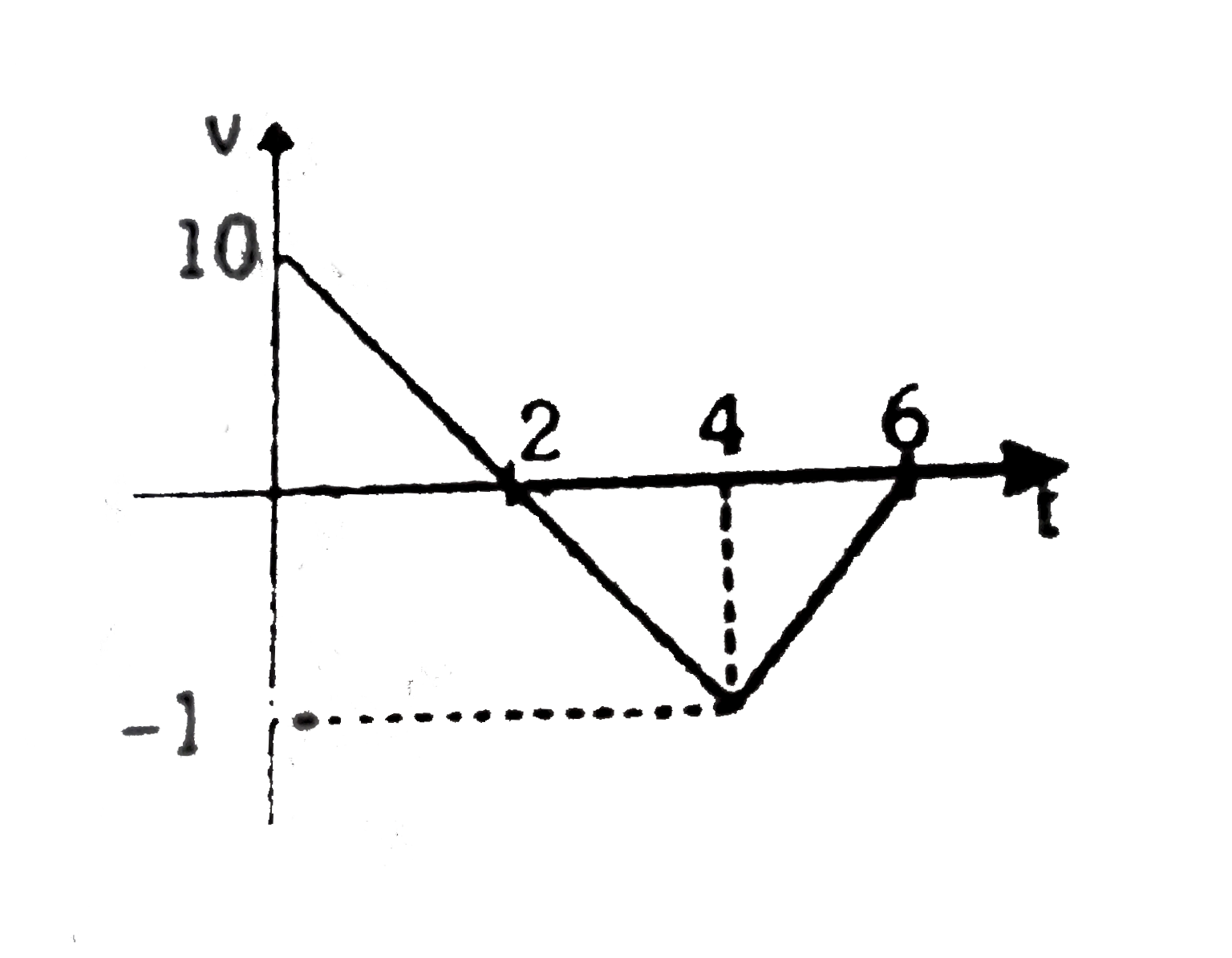Column IColumn II(A)Base unit(p)N(B)Derived unit(q)hp(C)Improper unit(r)kgwt(D)Practical(s)rad(E)Supplementary unit(t)kg
(Note : Here it is given that you have to match one to one only)
t, p, s, q, r
p, q, r, s, t
p, r, q, s, t
t, p, r, q, s
The correct Answer is:C
To solve the problem of matching the units from Column I with their corresponding definitions in Column II, we will analyze each term in Column I and find the best match from Column II.
1. Identify Base Unit:
- A base unit (or fundamental unit) is a unit that is defined independently of other units. The standard base units include the kilogram (kg) for mass, meter (m) for length, and second (s) for time.
- Match: The base unit corresponds to (t) kg.
- Conclusion: A matches with t.
2. Identify Derived Unit:
- A derived unit is a unit that is derived from the base units. For example, force is measured in Newtons (N), which is derived from the base units of mass, length, and time (1 N = 1 kg·m/s²).
- Match: The derived unit corresponds to (p) N.
- Conclusion: B matches with p.
3. Identify Improper Unit:
- An improper unit is one that does not conform to the standard system of units. An example is kilogram weight (kgwt), which is often used but is not a standard unit.
- Match: The improper unit corresponds to (r) kgwt.
- Conclusion: C matches with r.
4. Identify Practical Unit:
- A practical unit is a unit that is used for convenience in practical applications, especially in fields like electricity and magnetism. Horsepower (hp) is an example of a practical unit.
- Match: The practical unit corresponds to (q) hp.
- Conclusion: D matches with q.
5. Identify Supplementary Unit:
- Supplementary units are those that are dimensionless and used alongside base units to form derived units. Radians (rad) are an example of a supplementary unit used for measuring angles.
- Match: The supplementary unit corresponds to (s) rad.
- Conclusion: E matches with s.
Final Matches:
- A → t (Base unit → kg)
- B → p (Derived unit → N)
- C → r (Improper unit → kgwt)
- D → q (Practical unit → hp)
- E → s (Supplementary unit → rad)
Summary of Matches:
- A - t
- B - p
- C - r
- D - q
- E - s
- A base unit (or fundamental unit) is a unit that is defined independently of other units. The standard base units include the kilogram (kg) for mass, meter (m) for length, and second (s) for time.
- Match: The base unit corresponds to (t) kg.
- Conclusion: A matches with t.
- A derived unit is a unit that is derived from the base units. For example, force is measured in Newtons (N), which is derived from the base units of mass, length, and time (1 N = 1 kg·m/s²).
- Match: The derived unit corresponds to (p) N.
- Conclusion: B matches with p.
- An improper unit is one that does not conform to the standard system of units. An example is kilogram weight (kgwt), which is often used but is not a standard unit.
- Match: The improper unit corresponds to (r) kgwt.
- Conclusion: C matches with r.
- A practical unit is a unit that is used for convenience in practical applications, especially in fields like electricity and magnetism. Horsepower (hp) is an example of a practical unit.
- Match: The practical unit corresponds to (q) hp.
- Conclusion: D matches with q.
- Supplementary units are those that are dimensionless and used alongside base units to form derived units. Radians (rad) are an example of a supplementary unit used for measuring angles.
- Match: The supplementary unit corresponds to (s) rad.
- Conclusion: E matches with s.
- A → t (Base unit → kg)
- B → p (Derived unit → N)
- C → r (Improper unit → kgwt)
- D → q (Practical unit → hp)
- E → s (Supplementary unit → rad)
- A - t
- B - p
- C - r
- D - q
- E - s
Topper's Solved these Questions
- UNITS, MEASUREMENTS & ERRORSBOOK - VMC MODULES ENGLISHCHAPTER - UNITS, MEASUREMENTS & ERRORSEXERCISE - IN - CHAPTER EXERCISE - A
10 Videos
- SYSTEM OF PARTICLES AND ROTATIONAL MOTIONBOOK - VMC MODULES ENGLISHCHAPTER - SYSTEM OF PARTICLES AND ROTATIONAL MOTIONEXERCISE - IMPECCABLE
56 Videos
- WAVE MOTIONBOOK - VMC MODULES ENGLISHCHAPTER - WAVE MOTIONEXERCISE - JEE ADVANCED ARCHIVE LEVEL 2 (TRUE FALSE TYPE)
4 Videos
Similar Questions
Column IColumn II(A)R/L(p)Time(B)C/R(q)Frequency(C)E/B(r)Speed(D)√ε0μ0(s)None
View SolutionMatch the following
Column-IColumn-II(A)Enthalpy(p)Extensive property(B)Entropy(q)H - TS(C)Free energy(r)E + PV(D)Pressure(s)Intensive property
View SolutionMatch the following :
Column-IColumn-II(A)3s1(p)n=3(B)3p1(q)l=0(C)4s1(r)l=1(D)4d1(s)m=0(t)m=±1
View SolutionColumn IColumn II(A)1fermi(p)10−13m(B)1X-ray unit(q)10−15m(C)1angstrom(r)10−10m(D)1Astronomical unit(s)9.46×1015m(E)1Light year(t)3.26Light year(F)1Parse(u)3.08×1016m(v)1.49×1011m
View SolutionMatch the columns
Column IColumn IIaBicuspid valvepBrainbNephronqLivercAlveolirHeartdCerebrumsKidneytLungs
View SolutionColumn−I(Metal)column−II(A)Magnesite(p)Ore of magnesium(B)Siderite(q)Ore of aluminium(C)Corundum(r)Oxide ore(D)Bauxite(s)Carbonate ore
Match
View SolutionMatch the following columns.
∣∣ ∣ ∣ ∣ ∣ ∣ ∣ ∣∣Column IColumn II(A)d v/dt(p)Acceleration(B)d|v|/dt(q)Magnitude of acceleration(C)drdt(r)Velocity(D)∣∣drdt∣∣(s)Magnitude of velocity(t)Rate of change of speed∣∣ ∣ ∣ ∣ ∣ ∣ ∣ ∣∣
View SolutionColumn IColumn II(A)Moment of inertia(p)newton/metre2(B)Surface tension(q)kg/(metre-sec)(C)Angular acceleration(r)kg-metre2(D)Coefficient of viscosity(s)newton/metre(E)Modulus of elasticity(t)radian/sec2
View SolutionFor the velocity -time graph shown in figure, in a time interval from t=0 to t=6s, match the following:

Column IColumn II(A)Change in velocity(p)−5/3SIunit(B)Average acceleration(q)−20SIunit(C)Total displacement(r)−10SIunit(D)Acceleration ay t=3s(s)−5SIunit
View SolutionIn the diagram shown in figure, match the following (g=10m/s2)

Column-IColoumn-II(A)Acceleration of 2kg block(P)8 Si unit(B)Net force on 3kg block(Q)25 SI unit(C)Normal reaction between 2 kg and 1kg(R)2 SI unit(D)Normal reaction between 3 kg and 2kg (S) 45 SI unit(T) None
View Solution
